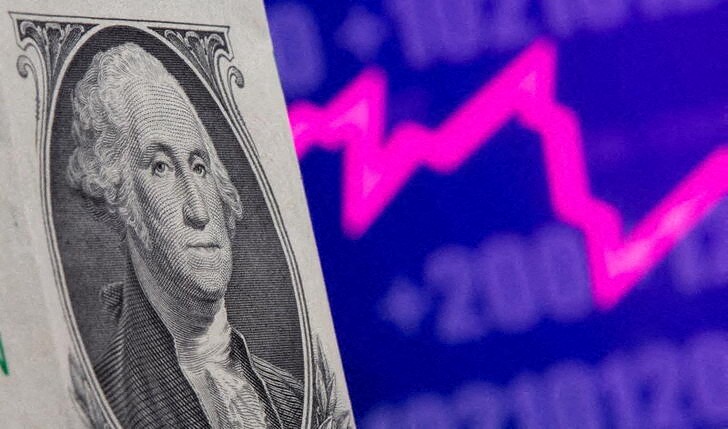By Lawrence Delevingne
BOSTON (Reuters) - Wall Street's New Year optimism overpowered concerns about the coronavirus and inflation on Monday, with U.S. and European equity markets advancing in parallel with rising oil prices and U.S. Treasury yields.
The Dow Jones Industrial Average rose 246.76 points, or 0.68%, to 36,585.06; the S&P 500 gained 30.38 points, or 0.64%, to 4,796.56; and the Nasdaq Composite added 187.83 points, or 1.2%, to 15,832.80.
Leading the way were Apple Inc (NASDAQ:AAPL), which on Monday became the first company with a $3 trillion stock market value, and Tesla (NASDAQ:TSLA) Inc, whose shares were up more than 13.5% after reporting stronger-than-expected quarterly deliveries of its electric cars.
The S&P index surged nearly 28% last year, driving MSCI's 50-country index of world stocks to its third consecutive year of double-digit gains.
European shares ended at all-time highs on Monday on hopes of steady economic recovery despite a surge in COVID-19 cases. The pan-European STOXX 600 index ended 0.5% higher at a record close of 489.99 points.
The benchmark U.S. 10-year yields hit a six-week high to yield 1.6384%, with investors expecting a series of interest rate raises this year to combat rising inflation.
"How central banks - particularly the Fed - respond to inflation will be the key story for 2022," BlackRock (NYSE:BLK) Investment Institute strategists wrote in a note Monday.
"We see the higher inflation regime and solid growth as positive for risk assets but bad for bonds for a second consecutive year," they added.
The commodity markets were also quickly back in the swing of things after their nearly two-year resurgence to close out 2021.
Oil rose to nearly $79 a barrel on Monday, supported by tight supply and hopes of a further demand recovery in 2022, despite OPEC+ looking set to agree to a further increase in output.
"Oil markets start the new year on firmer footing than they did in 2021," Peter McNally, global sector lead at investment research firm Third Bridge, wrote in an email. "Inventory levels have fallen dramatically over the past 12 months as demand recovered, OPEC+ constrained output, and US oil supply was slow to respond."

The U.S. dollar rose against a basket of major currencies on Monday, the first trading day of the new year, in sync with government bond yields as investors expect the Federal Reserve will stay on its path of interest rate hikes in 2022.
Gold prices fell more than 1% on Monday as a risk-on rally in equities pressured bullion. Spot gold dipped 1.5% to around $1,801 an ounce, set for its biggest one-day percentage decline in more than a month. U.S. gold futures fell 1.57% to $1,799.40 an ounce.